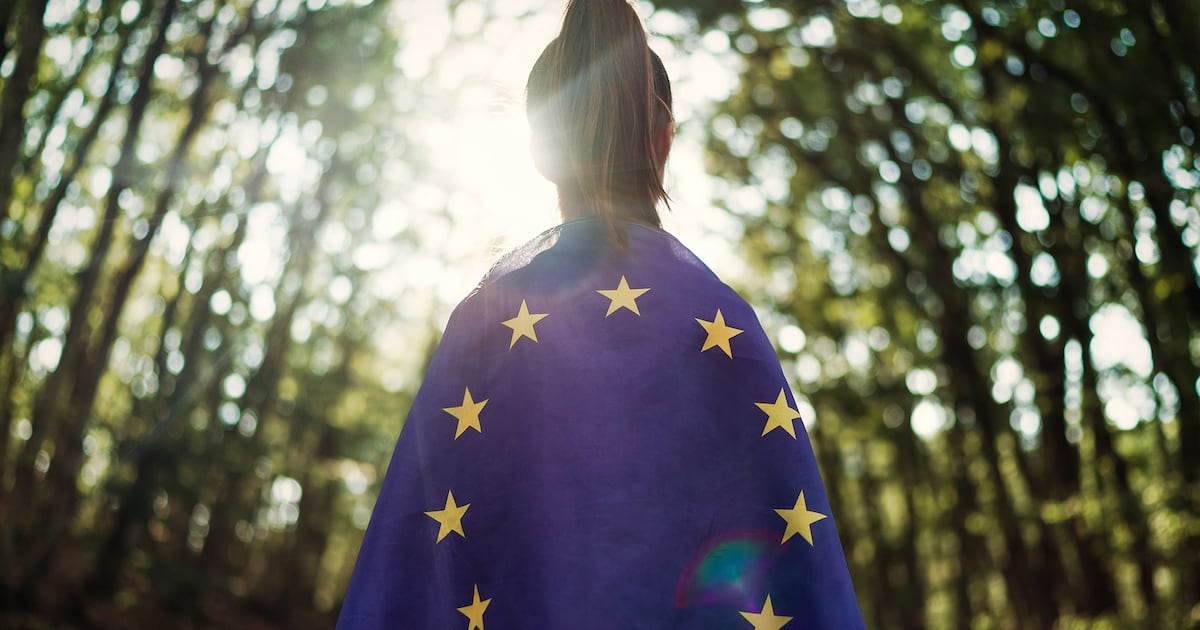The European Union’s push to use regulatory pressure to force fashion brands to better manage their environmental and social impact got a boost this week, as the European Parliament rushed to approve a flurry of new rules ahead of June elections that could see the bloc swing to the right of the political spectrum.
In a marathon final session before the vote, legislators greenlit regulations that will make big brands more accountable for what happens in their supply chain, ban products made with forced labour and set new environmental standards for the design and disposal of fashion products.
Exactly what regulations got signed off this week?
Due Diligence
Big businesses operating in Europe will be required to ensure their supply chains are not linked to labour abuses or environmental destruction under a landmark due diligence rule that almost fell apart earlier this year.
Companies with more than 1,000 employees and a net worldwide turnover of more than 450 million ($481 million) will need to audit suppliers and logistics partners from 2029, taking action to prevent or address any malpractice. Larger businesses will need to comply even sooner.
Penalties for failure to comply with the regulation could amount to as much as five percent of net worldwide turnover, as well as liability for any damages caused for a breach in due diligence obligations.
Companies covered by the regulation will also need to lay out plans for how they intend to meet global goals to limit climate change.
Forced Labour
The EU will introduce a ban on goods made using forced labour, in a move similar to the tough import restrictions introduced by the US to target products linked to alleged human rights abuses in China’s major cotton-producing Xinjiang region.
China has denied the claims, but the American restrictions have roiled fashion’s supply chains. US customs officials have held millions of dollars of goods suspected of links to the region, sending brands scrambling to get better oversight of where their cotton comes from.
The EU’s forced labour ban still needs approval from member countries, a final step that is usually a formality. It will come into force three years after it officially enters into law.
Ecodesign
Clothes and footwear sold in the EU will need to be more reusable, repairable, upgradable and recyclable under new rules intended to crack down on wasteful and excessive production and consumption with textiles as a key focus. The exact criteria set to apply to fashion products will be established by later legislation.
Companies will also need to plan to provide more environmental information to consumers via digital product passports and they’ll be required to publish details of unsold products each year.
Fashion brands operating in Europe will be forbidden from destroying unsold clothes within two years of the new rules coming into force.
What does this mean for fashion?
The regulations build on legislation that’s already rolling out, requiring large brands to do more to ensure their supply chains are free from deforestation and provide much more data about their environmental and social impact.
Efforts to introduce similar regulations are also under way in the US.
For the most part, the regulations apply to larger companies, but they may trickle down to smaller businesses via wholesale and buyer relationships.
Meeting the new requirements is a big and complicated task. The best positioned brands will already be making strategic investments that set them up to comply, stepping up supply chain traceability and monitoring capabilities, educating design and sourcing teams on the new rules and staffing up subject experts to help stay on top of the shifting landscape.

